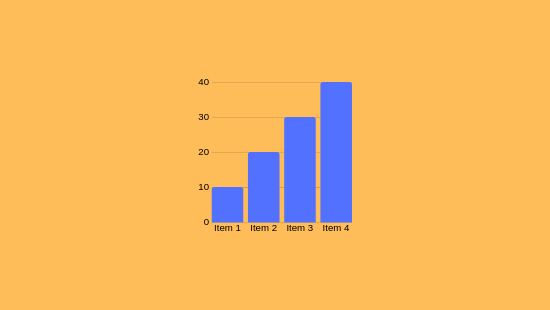
As you delve into Forex indicators, you'll understand they're mathematical tools analyzing price and volume data to predict market behaviors. These instruments aid in signaling trends, confirming market cues, and detecting extreme market conditions scenarios. For example, the RSI tracks market force, while Bollinger indicators assess volatility. Enhancing your trade techniques by integrating these metrics is crucial, especially if aiming to control risks adeptly.
Understanding Forex Indicators
Forex measurement tools are computational devices embedded in charts to aid investors in analyzing market trends and executing calculated trades. They offer insights into price changes and market possibilities by examining past and present market figures.
Forex indicators are divided into four main types: trend indicators (e.g., Moving Averages), momentum indicators (e.g., Relative Strength Index), volatility indicators (e.g., Bollinger Bands), and volume indicators.
These tools can signal reversals, confirm trends, or indicate extreme buying/selling. If you're focused on refining your trading strategy, grasping their roles is fundamental.
Categories of Forex Analytical Instruments
When assessing market trends, traders usually employ a selection of measures to guide their trading choices.
Forex indicators can be grouped into different types, each serving specific purposes.
Trend Indicators like Moving Averages (MA) and Bollinger Bands aid in uncovering movement patterns and possible price surges.
Momentum Indicators, including the Moving Average Convergence/Divergence (MACD) and Relative Strength Index (RSI), identify momentum changes and highlight overbought or oversold conditions.
Volatility Indicators like the Average True Range (ATR) quantify market variability, helping traders in setting stop-loss thresholds.
If used strategically, these tools can enhance trade outcomes.
Essential Instruments for Trading Choices
To executive insightful investment choices, understanding and applying key measures that analyze market conditions is essential.
Price Movements (MA) track mean trade values over determined timeframes, revealing trends by smoothing fluctuations.
The RSI gauges market force on a 0–100 scale, flagging overbought conditions above 70 and signaling oversold scenarios below 30.
Moving Average Convergence Divergence analyzes two exponential moving averages to confirm the trend direction, with graphical representations displaying positive or negative trajectories.
Bollinger Bands apply standard deviations around a moving average to determine volatility and potential reversals.
Retracement intervals denote support/resistance zones considering historical shifts.
Combining these measures boosts accuracy by authenticating prompts if congruent, enabling exact timing for currency matchups.
Employing Indicators in Risk Oversight
As you refine investment methods, effectively applying indicators for risk management is essential. Tools like Moving Averages and Bollinger Bands gauge fluctuations and identify potential entry/exit points for risk oversight.
These tools allow for exact stop-loss orders and limit orders, which are key for limiting possible losses.
For example, using trade protections caps losses to a certain amount, such as 2% of your trading capital per trade. This disciplined tactic aids in managing forex risks by curtailing exposure to market volatility and leverage, which are significant challenges in forex trading.
Integrating Indicators for Improved Precision
Merging measurement tools is a accomplished tactic for boosting precision in forex trading. This method enables for the use of diverse instruments to evaluate several facets of market behavior, such as trends, momentum, and variability.
By implementing indicators like Moving Averages, RSI, and MACD, you can craft resilient trade schemes. For example, combining Moving Averages with RSI and Volume validates trend direction and momentum, while Bollinger Bands with Stochastic discovers volatile scenarios and possible reversals.
If diverse measurement tools align, duplications are reduced, and trade signals are uplifted.
Conclusion
You now grasp how forex indicators function, covering their types like trend, momentum, and volatility indicators. These instruments assist in spotting potential reversals and validating ongoing trends. Through combining tools, trading precision is boosted, and risk management is better managed. For instance, using the Relative Strength Index (RSI) to highlight buying peaks here and Bollinger Bands to evaluate volatility can refine your trade choices.